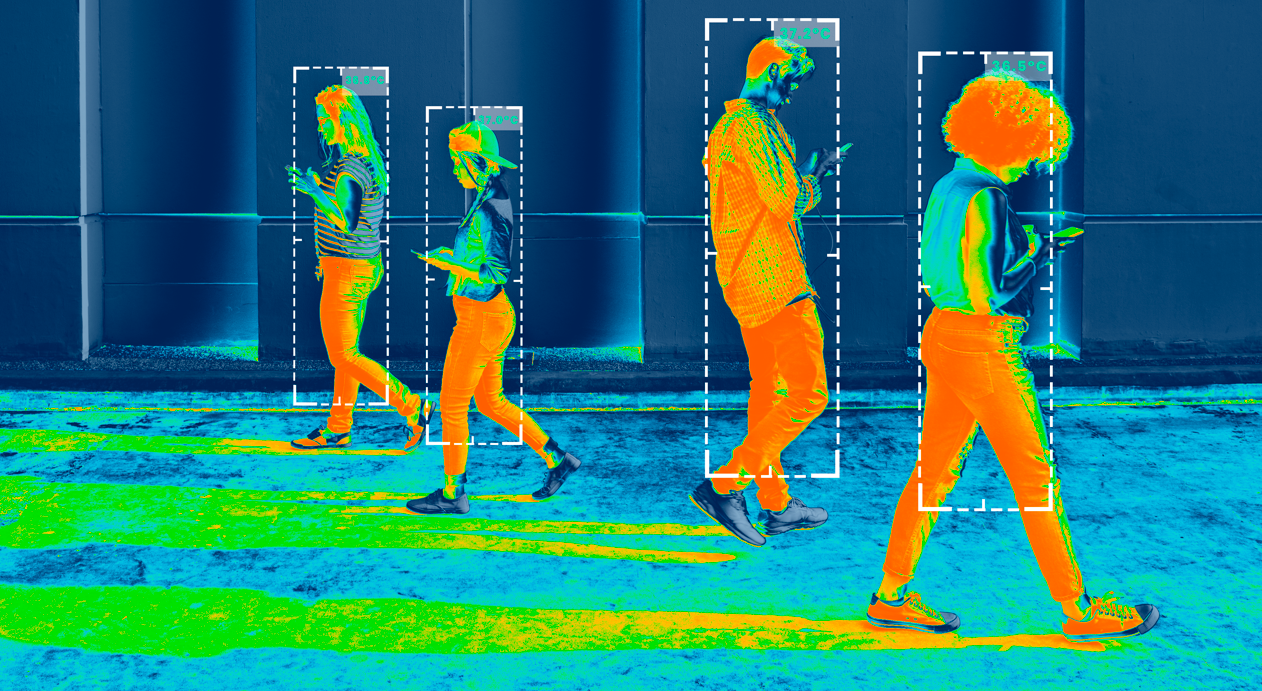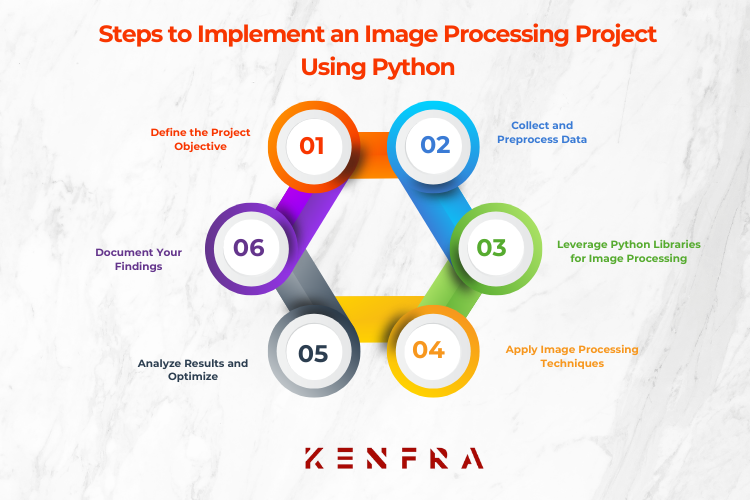06Dec

For PhD scholars looking to enhance their research projects with Python image processing, Python offers an invaluable toolkit. Image processing is crucial in various fields, from medical imaging and satellite data analysis to robotics and computer vision. This guide provides step-by-step instructions on how to implement a Python image processing project, without requiring any coding experience, ensuring it’s accessible to all PhD researchers.
Python is the go-to programming language for image processing due to its robust libraries and ease of use. Key reasons to choose Python include:

Before diving into any technical steps, clearly define the purpose of your image processing project. Possible objectives might include:
A clear problem statement will guide your decisions throughout the project.
Data collection is the first step in any image processing project. Depending on your research area, you can source images from publicly available datasets like:
After collecting data, preprocess the images to ensure consistency and quality. Common preprocessing tasks include resizing, noise removal, and normalization.
Several Python libraries can help you achieve your image processing goals:
These libraries offer built-in functions and algorithms, making them perfect for PhD scholars who want to focus more on the research aspect rather than coding from scratch.
Based on your project goals, apply various image processing techniques. These may include:
By experimenting with these techniques, you can gain deeper insights from your data and push your research forward.
Once you’ve processed the images, it’s time to analyze the results. This step involves comparing the processed images to original data or expected outcomes. Common evaluation metrics include:
Optimization might involve tweaking algorithms, trying different preprocessing methods, or adjusting model parameters.
Effective documentation is essential for PhD scholars. Not only does it help in preparing research papers or reports, but it also ensures reproducibility. Document the methodology, results, challenges faced, and any alternative approaches considered during your image processing project.
Publishing your Python image processing research not only increases visibility but also strengthens your academic profile. Platforms like ResearchGate, Medium, and institutional websites are excellent places to share your findings, contribute to the global research community, and enhance collaboration opportunities.
Implementing a Python image processing project is an invaluable experience for PhD scholars looking to explore the intersection of computer science, data analysis, and machine learning. With the help of Python’s powerful libraries for image processing, scholars can easily manipulate and analyze images to drive their research forward. By following the steps outlined in this guide, PhD researchers can embark on an exciting journey that leads to new insights, discoveries, and contributions to their fields.
Take the Next Step: Implement your Python image processing project today and see how it can enhance your research. Kenfra Research can help you streamline your project by providing expert guidance and advanced support, ensuring your research is both innovative and academically rigorous. Reach out to us today to take your image processing research to the next level!
Provide ₹31k-₹35k monthly stipend to PhD scholars, technical universities urge govt: The provision of stipends to Ph.D. scholars in technical universities... read more

At Kenfra Research, we understand the challenges PhD students face in their academic journey whether you're struggling to select... read more

Best Databases for Academic Papers in 2024 read more

A PhD journey is known for its intellectual rigor, emotional toll, and isolation. Add to this the lure of... read more

Submitting research manuscripts to an academic journal is an essential step for researchers seeking to share their findings. However,... read more

Pursuing a PhD is a challenging yet rewarding journey. However, deciding to switch fields for your doctoral studies, such... read more

Embarking on a PhD journey is often seen as a noble, intellectually stimulating pursuit. It's the highest academic qualification... read more

The PhD journey is one of the most challenging and rewarding academic pursuits. It's a path filled with intellectual... read more
95% UG seats filled in govt engineering colleges of Indore; It's great to hear that the government engineering colleges in Indore... read more

If you're launching a website, one of the most crucial decisions you'll make is choosing the right web hosting. Web... read more
WhatsApp us
Leave a Reply